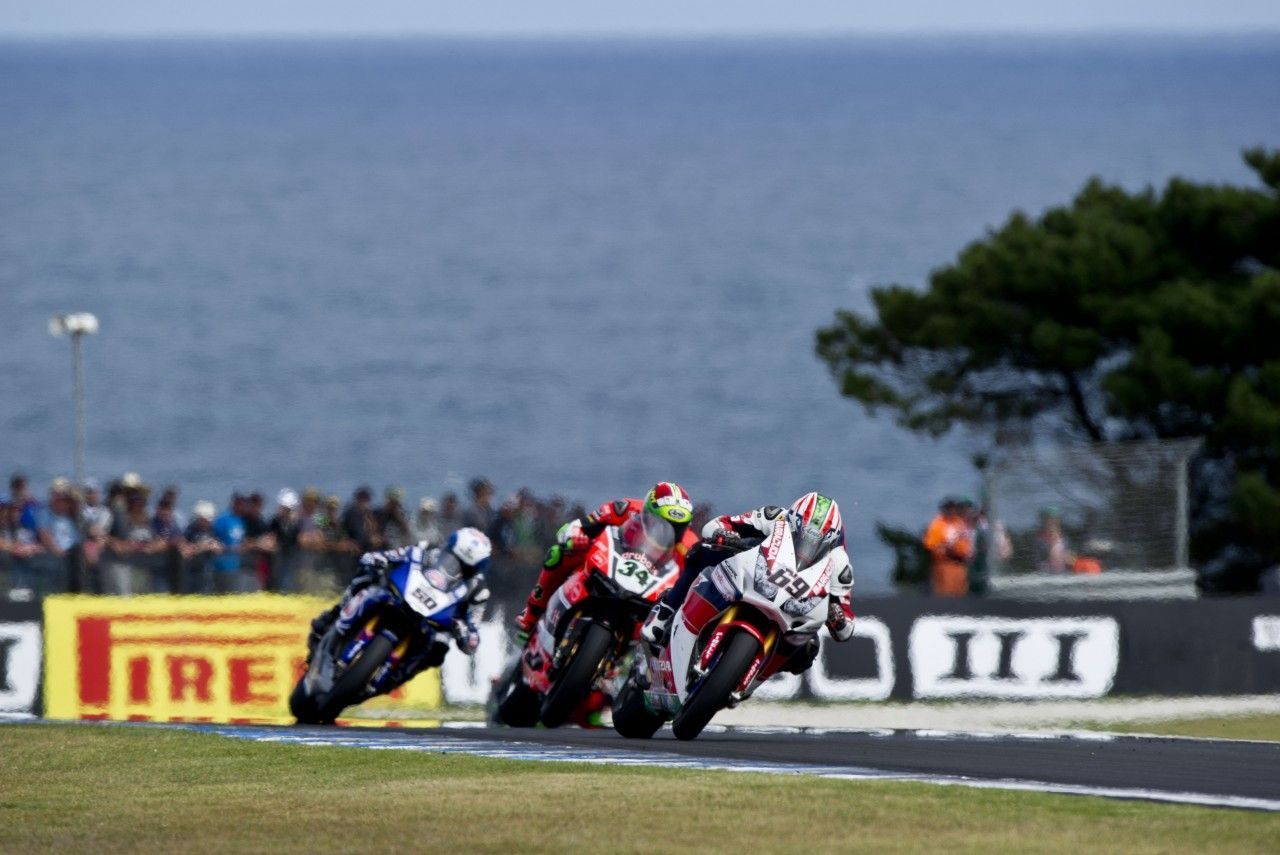ambassadors
Bob Barnard has quite the CV. Among his achievements he’s designed and built the Adelaide racing circuit in Australia and overhauled the fearsome Phillip Island, making it into a track that’s regarded as one of the most testing on the motorcycle calendar. He believes the perfect track is a combination of art, the soul and the land. But he’s not too hopefully about the future of motorsport…
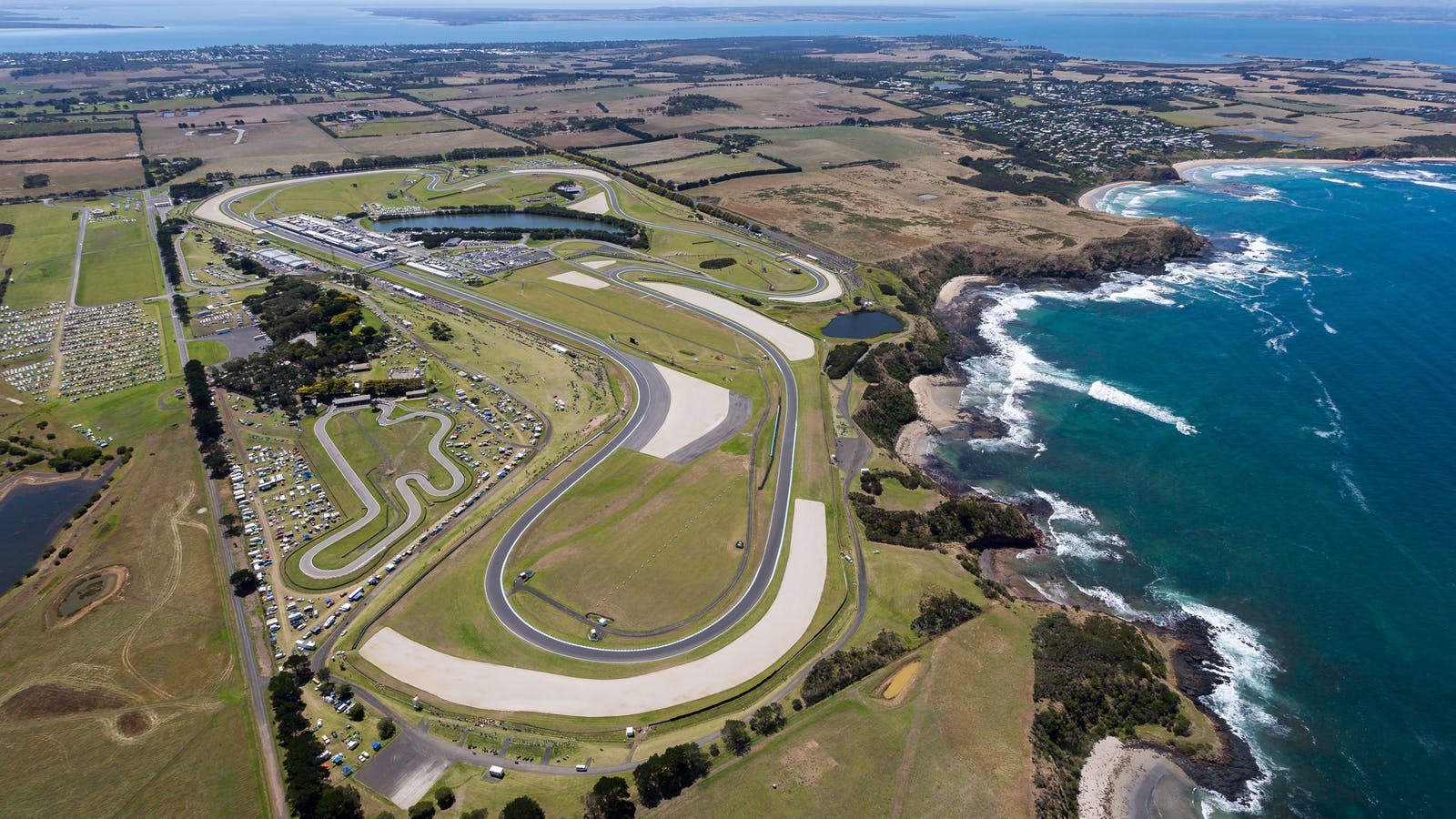
Bob, you design racetracks. That’s a pretty unusual job. Tell us about it.
I design and build them. I’m a civil engineer by profession. I give a client a service from business planning to operations. It’s a very unusual job. There are very few people doing this and there are no educational courses. There’s plenty of courses about how to build a car, but none for tracks. Most of what I’ve learned I’ve done so on the job. In my 30+ years I’ve done just about everything, from Formula one to Moto GP, to world sportscars and karting. That’s why I call myself a motorsport consultant rather than a track designer.
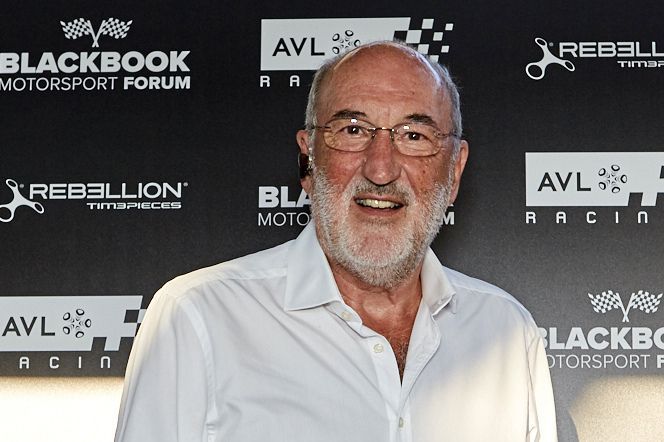
You’ve recently moved into a new area. Could you explain what that is?
The other side of what I do for is expert witness work, especially in America. If someone is injured or killed in a motorsport facility, a court case usually ensues, and they often need an expert witness. There aren’t many of us who are willing to do that. I’m still doing tracks, but this is now a fairly large part of my work. I’ve got six or seven witness expert cases going on. It’s an interesting life.
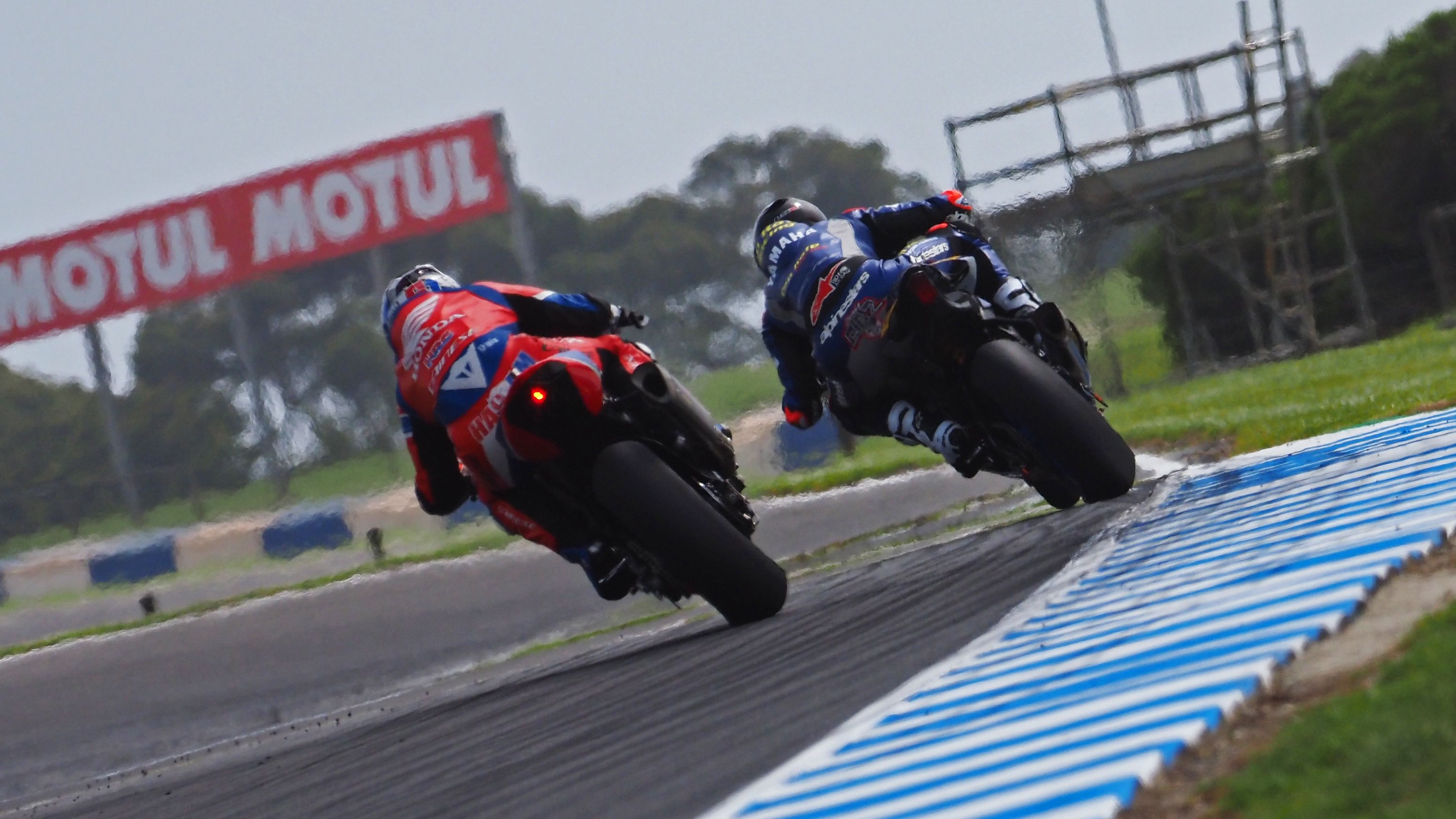
What lessons have you learned from three decades in building racetracks?
I’m in the process of writing a book about that. You learn a lot of lessons, mostly about people. Who you can trust and who you can’t. Especially politicians. Somewhere along the line when dealing with large events like Formula One or MotoGP you’ve inevitably got a government involved who aren’t always helpful.
What’s the secret to building a great track?
Designing a racetrack is art. Number one is keeping competitors and the public safe but the key is blending that with a challenging and interesting racetrack. That has to come out of the soul. If you look at the best racetrack, my pride and joy is Phillip island. It looks so simple but if you go and race it is one of the most difficult tracks there is because it’s so fast and you have to think where you want to be for the next corner.
For me, the whole crux of designing a good track is to use the terrain and the typography to your advantage. Like at Spa or Suzuka. When I work abroad, the first thing I have to drum out of the local engineers is that building a racetrack is nothing like building a road. If you designed a road like you did a racetrack there would be a lot less deaths and accidents.
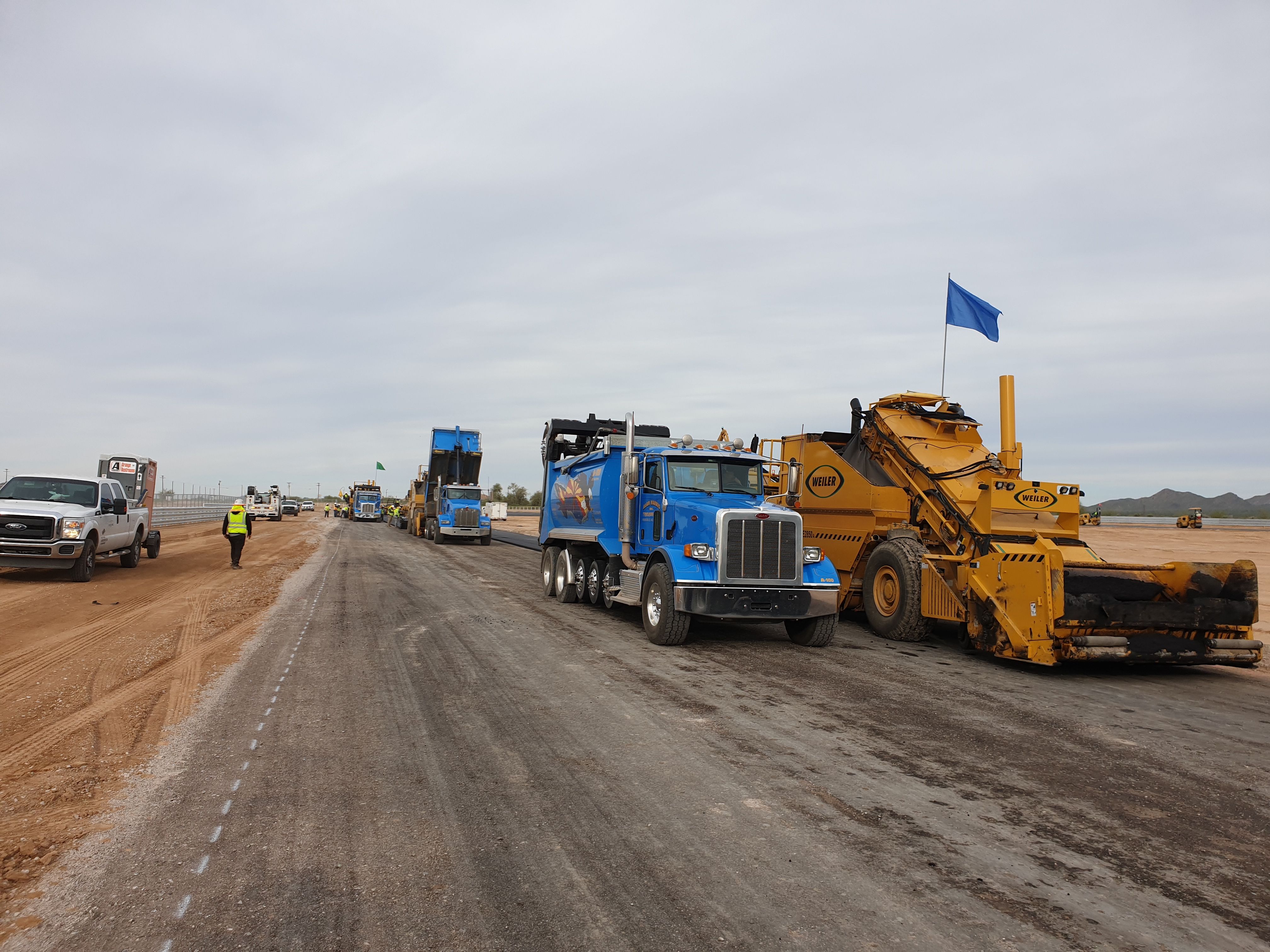
You designed and built the Adelaide Grand Prix track. That’s quite an accomplishment.
I was fortunate enough to race a bit in my twenties and that’s how I ended up building my first track in Adelaide. The city decided it wanted a Formula One race. Very few people in Adelaide knew at that time even what Formula One even was. I was managing a construction company at the time in Adelaide. Someone suggested I could do it. I had grown up in England, I knew formula one, I’d raced cars and worked with the local highway authority. But I knew how to drive a car around a track, not how to build one. We had seven months to build it. I had a lot of great help and we won the award for the first best race in the world first time out. It was a career changing moment.
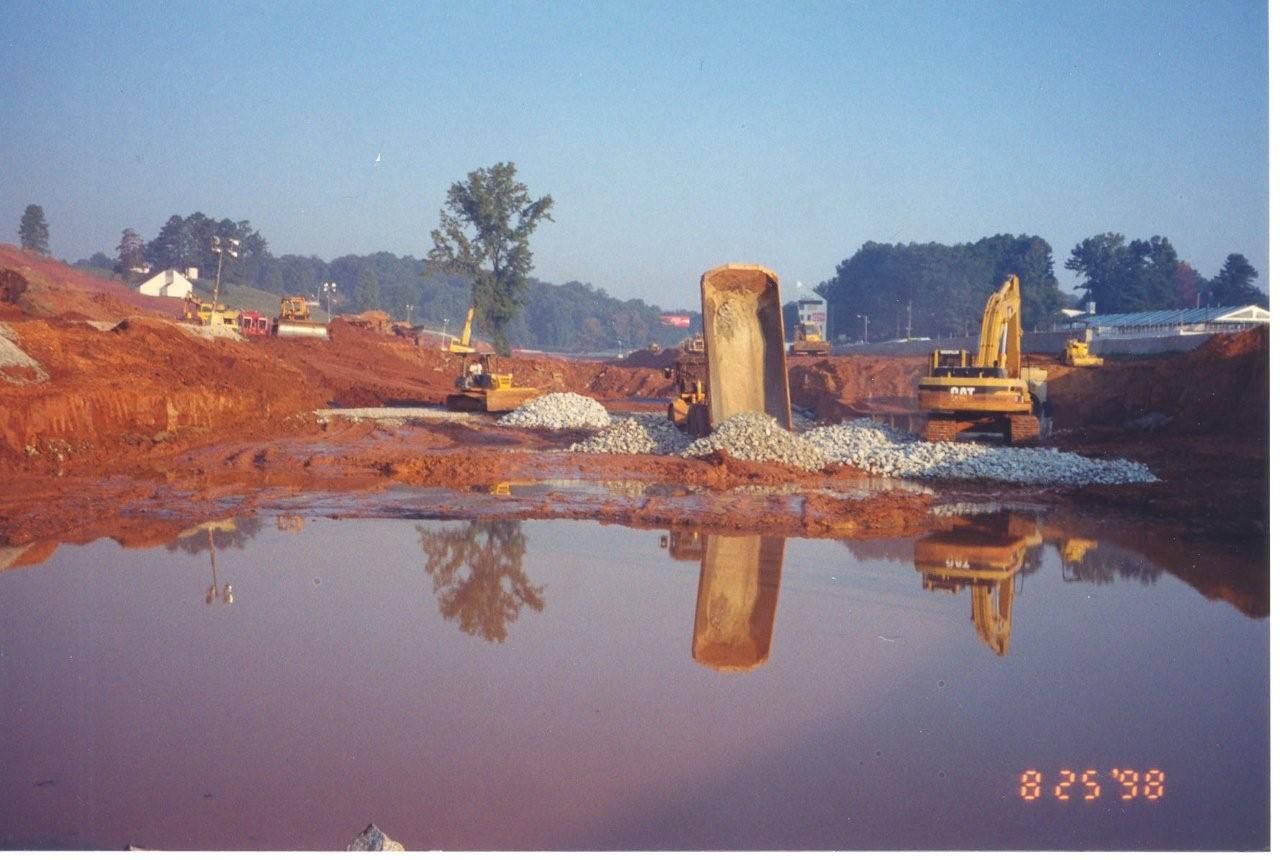
Adelaide has since been recognized by no less an authority as Autosport Magazine as the “iconic track of the eighties.” It remains to this day the world’s best street circuit, and features innovations that have become the standard.
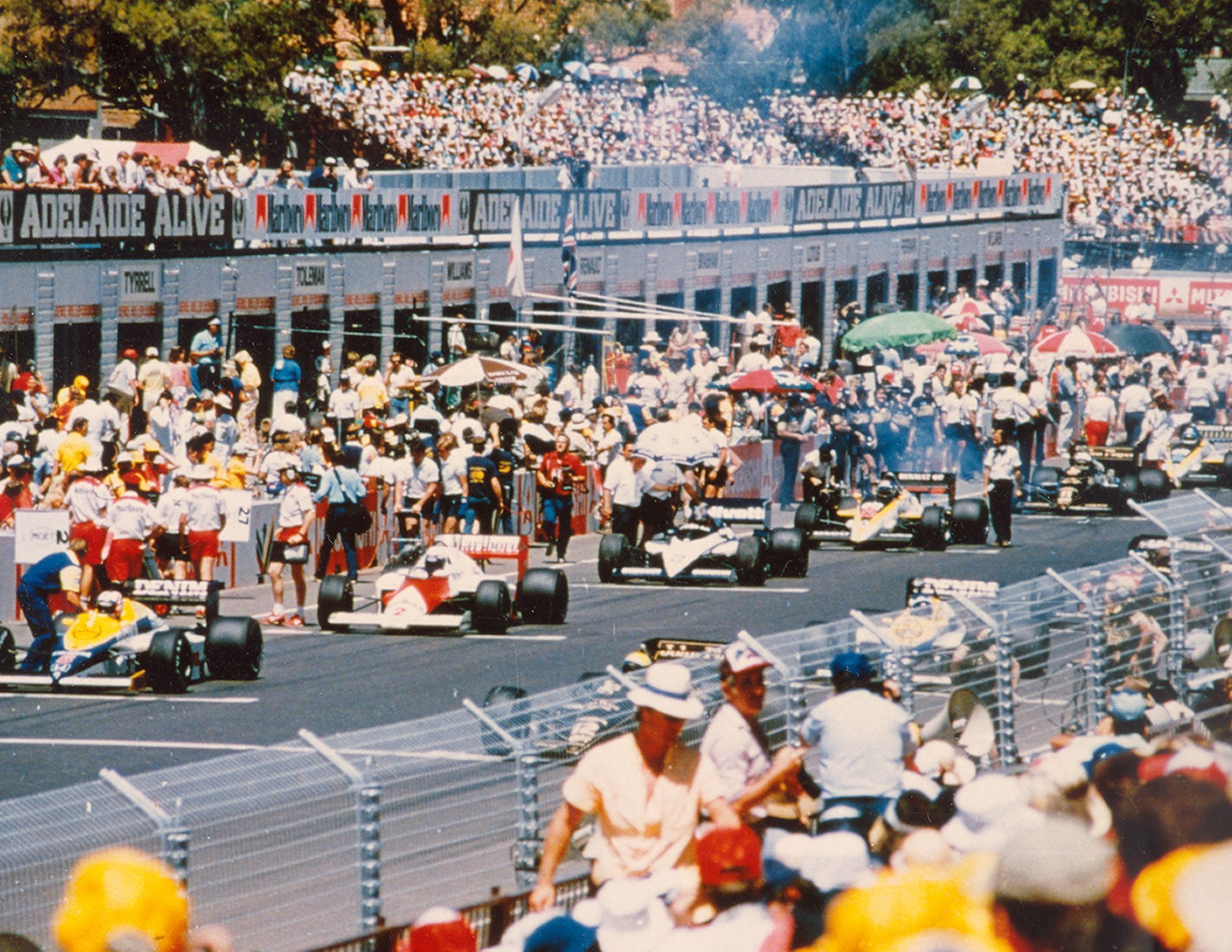
What’s the future of racing?
I was part of a panel about the future of racetracks. And I gave a very pessimistic view. Motor racing in its current form is dead. A lot of the racing spectator racing is dying. It’s a combination of the perfect storm between millennials who don’t want to own a car and don’t like cars anyway, and the push to electric, autonomous and esports. The future is private country club type tracks. If you own a nice car, the only place you’re going to be able to drive that thing is on a private country club in the future. I love the sport but I’m very cynical about where it’s going. People pushing esports are digging their own grave.
